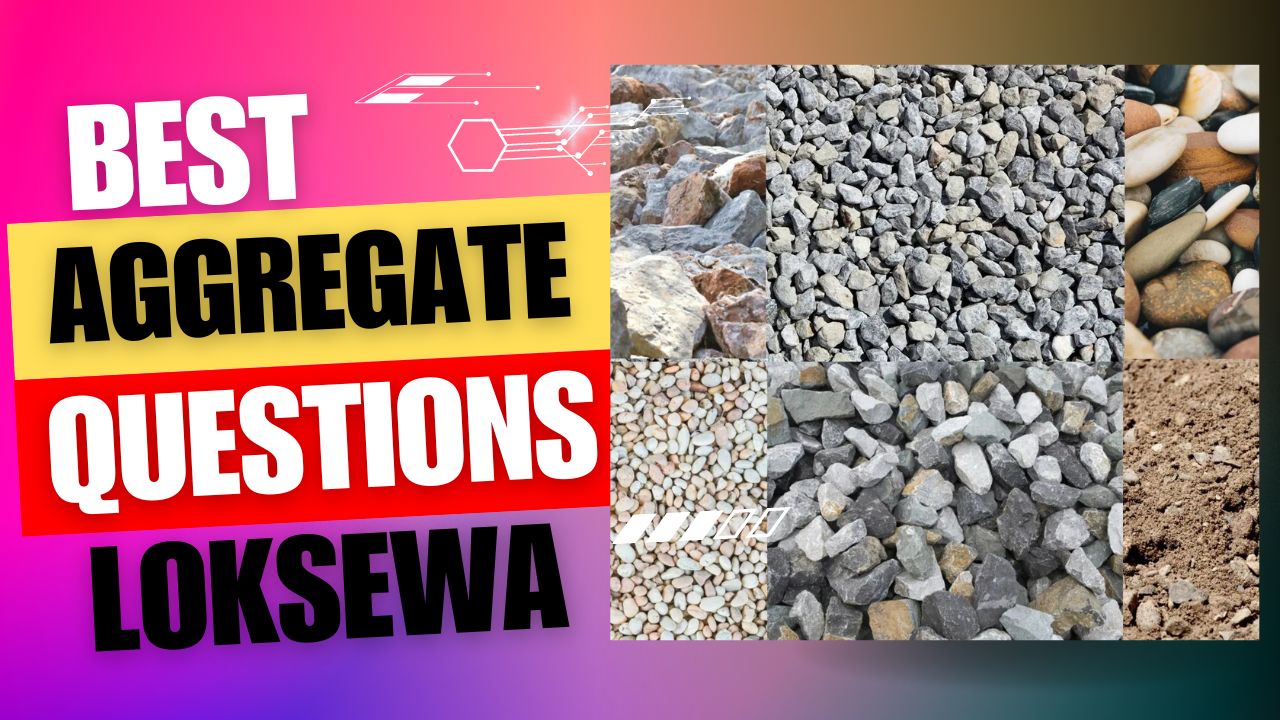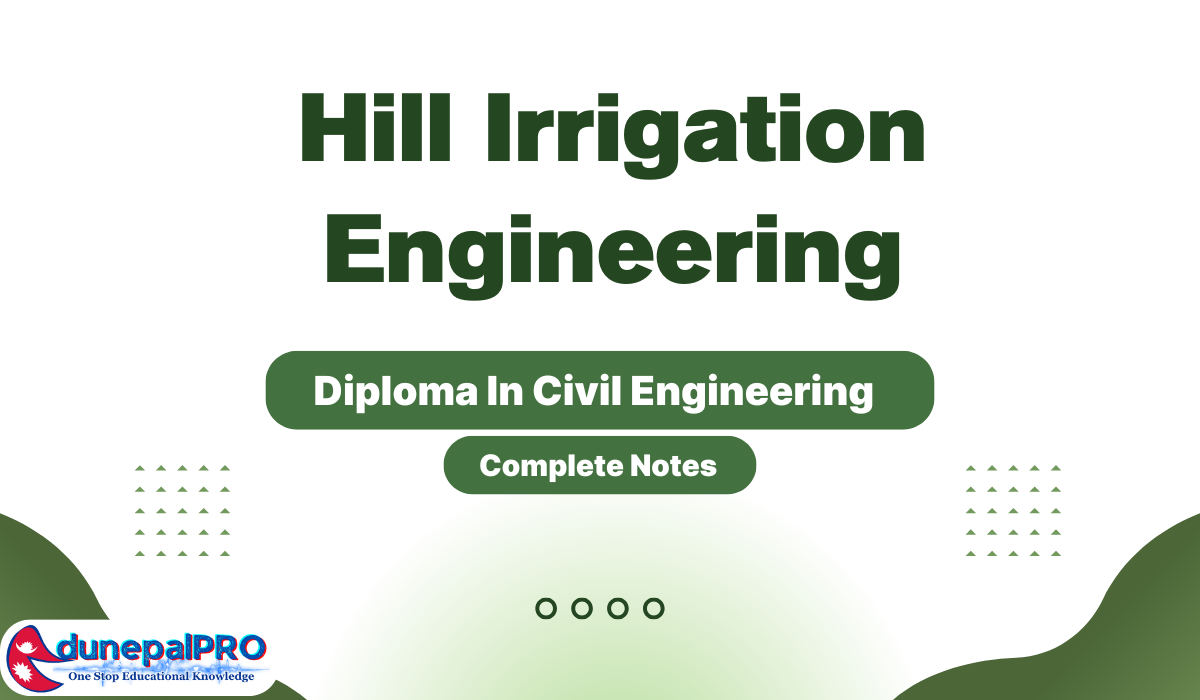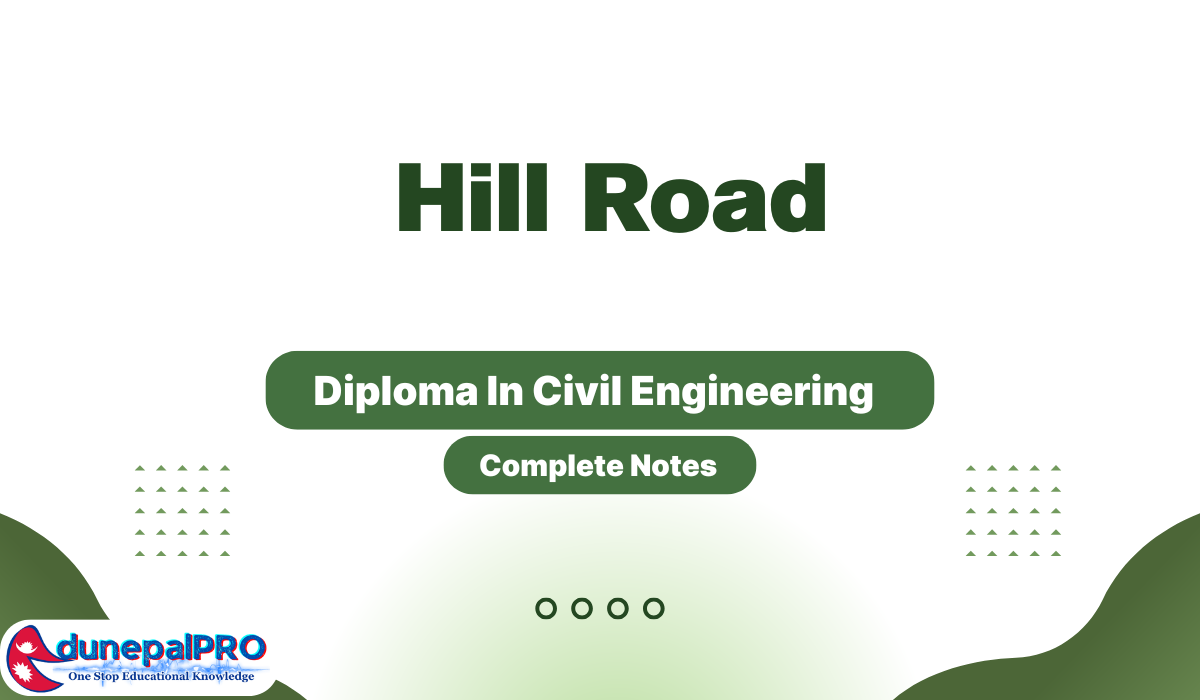41. Which type of aggregate is commonly used in the production of asphalt shingles for roofing?
a) Crushed limestone
b) Fine sand
c) Ceramic granules
d) Lightweight expanded clay
View Answer
Correct answer: c) Ceramic granules
Explanation: Ceramic granules are commonly used as an aggregate in the production of asphalt shingles for roofing to provide protection against UV radiation, improve fire resistance, and enhance aesthetics.
42. Which test is used to determine the angularity and texture of fine aggregates?
a) Sieve analysis
b) Flakiness and elongation index test
c) Sand equivalent test
d) Specific gravity test
View Answer
Correct answer: c) Sand equivalent test
Explanation: The sand equivalent test evaluates the angularity and texture of fine aggregates by comparing their sand equivalent value with a standard reference, indicating their suitability for use in asphalt or concrete mixtures.
43. Which type of aggregate is commonly used for landscaping and decorative purposes?
a) Pea gravel
b) Crushed stone
c) Natural sand
d) Lightweight expanded clay
View Answer
Correct answer: b) Crushed stone
Explanation: Crushed stone, with its diverse colors and textures, is often used for landscaping and decorative purposes, such as pathways, driveways, and garden features.
44. Which property of aggregates affects the workability of concrete and the amount of cement paste required?
a) Particle shape
b) Specific gravity
c) Porosity
d) Moisture content
View Answer
Correct answer: c) Porosity
Explanation: The porosity of aggregates influences the workability of concrete by affecting the amount of water absorbed by the aggregates, which, in turn, affects the amount of cement paste required to achieve the desired workability.
45. Which type of aggregate is commonly used as a stabilizing material for embankments and slopes?
a) Fine sand
b) Geogrid
c) Crushed stone
d) Lightweight expanded shale
View Answer
Correct answer: c) Crushed stone
Explanation: Crushed stone is frequently used as a stabilizing material for embankments and slopes due to its ability to provide structural stability, improve drainage, and prevent erosion.
46. Which test is used to determine the organic impurities in fine aggregates?
a) Specific gravity test
b) Sand equivalent test
c) Los Angeles abrasion test
d) Organic impurity test
View Answer
Correct answer: d) Organic impurity test
Explanation: The organic impurity test is conducted to determine the presence of organic compounds in fine aggregates, which can have detrimental effects on the strength and durability of concrete.
47. Which type of aggregate is commonly used for the construction of railroad tracks?
a) Crushed limestone
b) River sand
c) Recycled concrete
d) Ballast
View Answer
Correct answer: d) Ballast
Explanation: Ballast, typically made of crushed stone or gravel, is used as an aggregate for the construction of railroad tracks to provide stability, drainage, and resistance to track movement.
48. Which property of aggregates is important for achieving good workability in shotcrete applications?
a) Absorption capacity
b) Specific gravity
c) Particle shape
d) Gradation
View Answer
Correct answer: c) Particle shape
Explanation: The shape of aggregates is critical for achieving good workability in shotcrete applications, as it influences the ability of the material to flow, adhere to surfaces, and maintain cohesion during application.
49. Which type of aggregate is commonly used in the production of concrete roof tiles?
a) Crushed granite
b) River sand
c) Lightweight expanded clay
d) Crushed quartz
View Answer
Correct answer: a) Crushed granite
Explanation: Crushed granite is often used as an aggregate in the production of concrete roof tiles due to its strength, durability, and resistance to weathering.
50. Which test is used to evaluate the resistance of aggregates to polishing and skid resistance under wet conditions?
a) Sand equivalent test
b) Los Angeles abrasion test
c) Micro-Deval abrasion test
d) Alkali-silica reactivity test
View Answer
Correct answer: c) Micro-Deval abrasion test
Explanation: The Micro-Deval abrasion test is specifically designed to assess the resistance of aggregates to polishing and skid resistance under wet conditions, simulating the effects of traffic and environmental factors.





